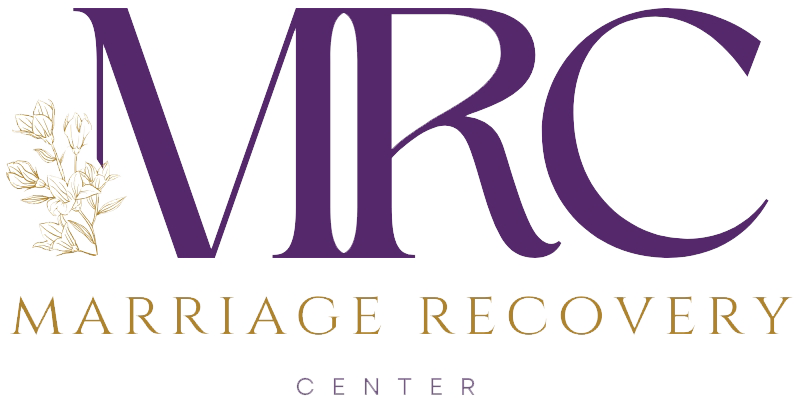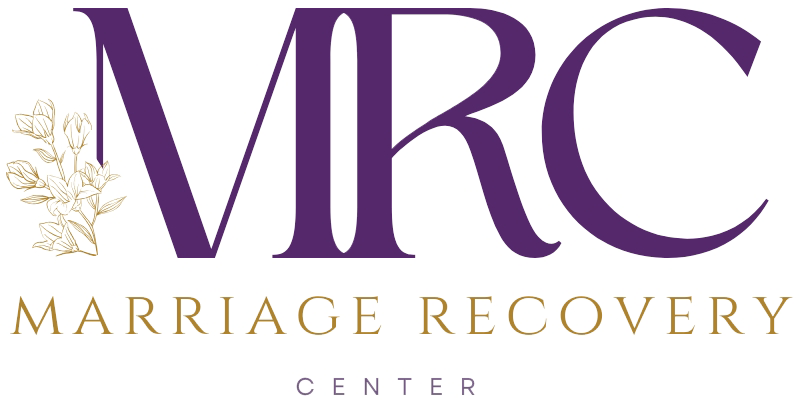Dr. David Hawkins talks about the process of healing, including stages of denial and resistance, the importance of an Intervention, and healing hurt, resentment and bitterness.
The Process of Healing
In relationships, we are created for intimacy and connection. However, at times, we may hurt each other unintentionally, causing pain and damage. Over time, this hurt can pile up like a mountain, making it difficult to see a way forward. At this critical point, we must determine if it’s time to seek help and embark on an intervention. While change may seem impossible, it is only after a breakdown and intervention that we can discover what kind of breakthrough is possible. This article explores the process of healing in relationships, understanding the importance of facing issues, initiating change, and entering a therapeutic healing process.
1. Recognizing the Need for Change
When hurt and pain accumulate in a relationship, it’s essential to acknowledge the need for change. Sometimes, we tolerate distress in small increments, much like the proverbial frogs in a kettle. As the water temperature increases one degree at a time, we may find ourselves wondering how we got to such a point of intense pain and disconnection. This happens through a process of collusion, where we avoid addressing significant issues and pretend they don’t exist. However, facing the truth about the state of our relationship is the first step towards healing.
2. Overcoming Resistance to Change
Initiating change is rarely met with immediate acceptance from our partner. Expecting resistance is natural, and it may take time for them to come to terms with the need for change. When you express your desire for change, you may face pushback or threats, but staying strong in your decision to pursue healing is crucial. Honest communication is vital; both partners must identify and communicate what specific changes are necessary for the relationship to heal.
3. Entering the Healing Process
Healing begins when one or both partners decide to embark on a therapeutic healing process. This process typically involves seeking professional help from a well-trained clinician experienced in dealing with marriage and emotional abuse issues. The level of intervention must match the level of change needed in the relationship. It may involve weekly sessions or even longer, more in-depth intensives to work on the wounds and issues that have caused pain and disconnection.
4. Healing Wounds without Expectations
In some cases, a couple may separate, feeling overwhelmed by pain and unable to see a way back to each other. Before making a final decision about the relationship, consider a therapeutic healing process where both partners work on healing their individual wounds. The primary goal is to address the hurts and emotional baggage that each partner brings to the relationship, regardless of the outcome. By focusing on healing, clarity may emerge, leading to a more informed decision about the future of the relationship.
5. Embracing the Possibility of Change
It’s common for couples to experience resistance to change initially. However, when both partners push through the tension and discomfort, true healing becomes possible. A well-trained clinician can provide a healing container, where both partners can work through their issues and heal emotional wounds.
Conclusion
Healing in a relationship requires courage, persistence, and professional guidance. Recognizing the need for change, overcoming resistance, and entering a therapeutic healing process are essential steps towards healing and reconciliation. While it’s not easy, healing the wounds and emotional pain can help couples rediscover each other and make informed decisions about the future of their relationship. If both partners are willing to put in the effort, there is hope for healing and a renewed connection.
To learn how we can help, reach out to us at (206) 219-0145 or info@marriagerecoverycenter.com to speak with a Client Care Specialist
Also read: How to Break Free from Emotional Abuse and Heal
About Dr. Hawkins:
The internet is inundated with hyperbole and misinformation about narcissism, leaving many people confused and hopeless. Get the facts on narcissism and emotional abuse from someone who has been researching, writing about and treating narcissism and emotional abuse for over a decade.
Dr. Hawkins is a best-selling author and clinical psychologist with over three decades of experience helping people break unhealthy patterns and build healthier relationships.
He is the founder and director of the Marriage Recovery Center and the Emotional Abuse Institute which offers education, training and counseling for people who want to break free of, and heal from, emotional abuse. Whether the perpetrator of the abuse is your spouse, partner, parent, boss, friend or family member, we offer practical advice for anyone trapped in a toxic, destructive relationship.
In addition to narcissism & emotional abuse, you’ll learn about the lesser known forms of abuse, including covert abuse, reactive abuse, spiritual abuse, secondary abuse, relationship trauma and much more.








